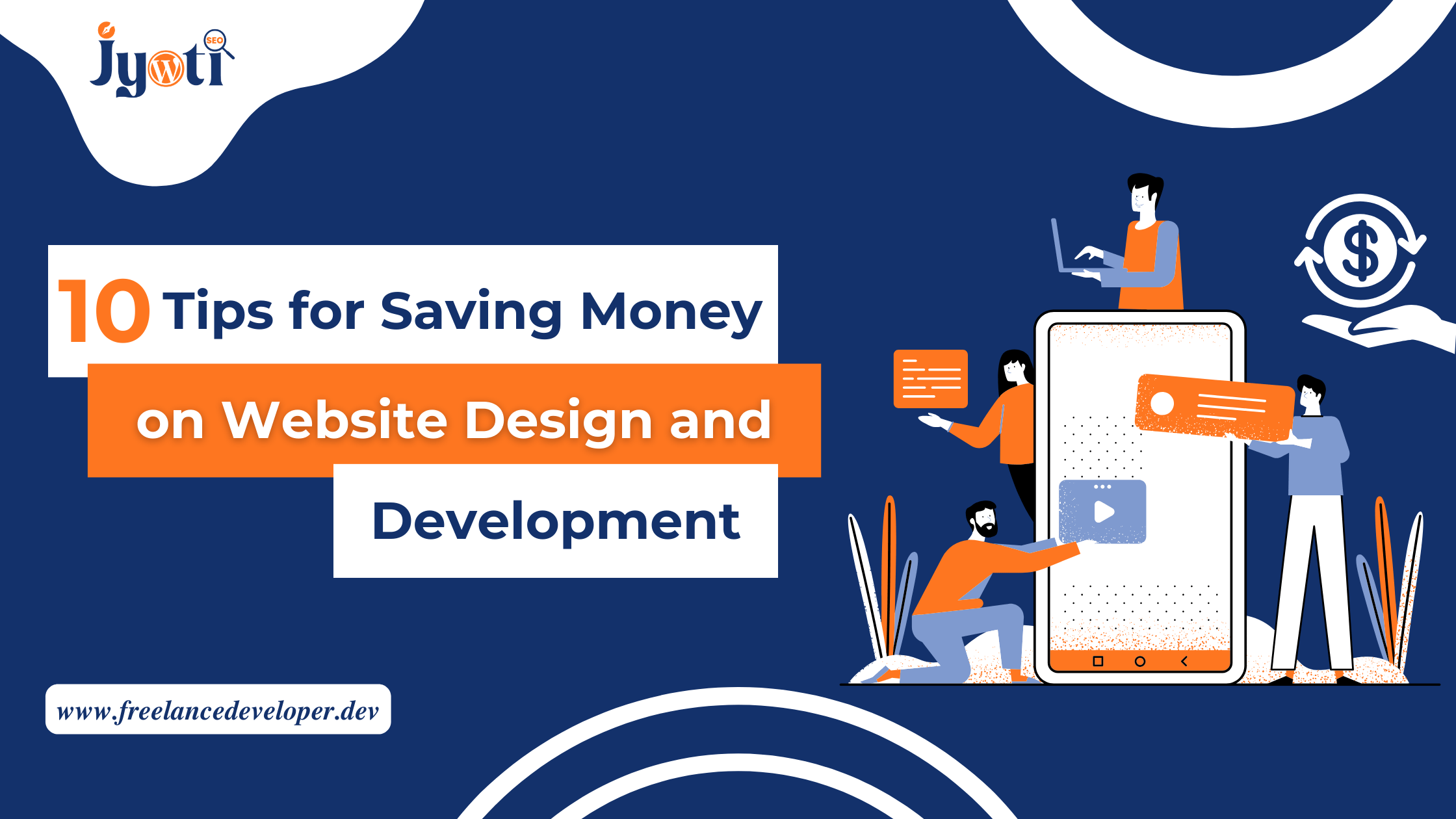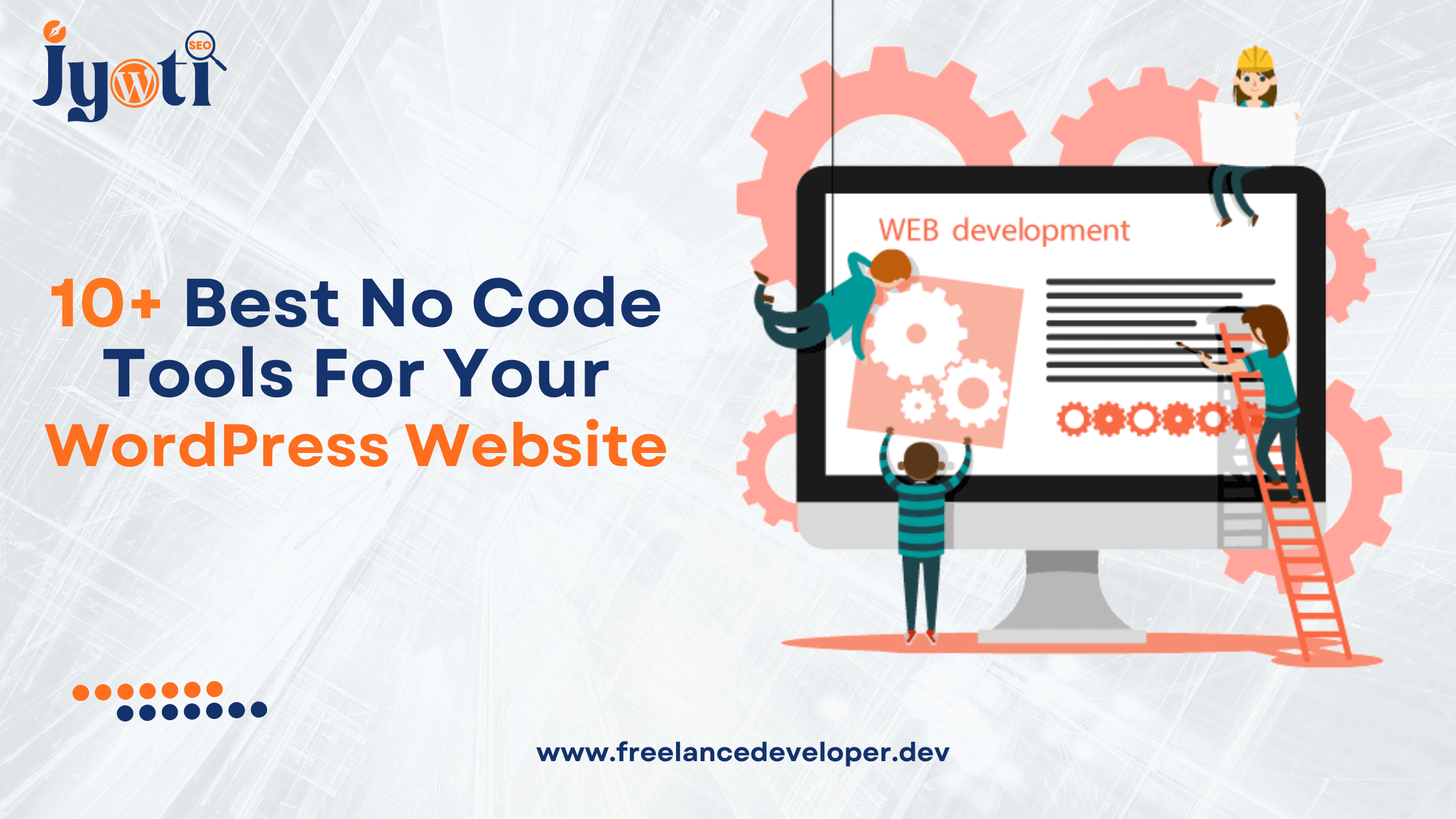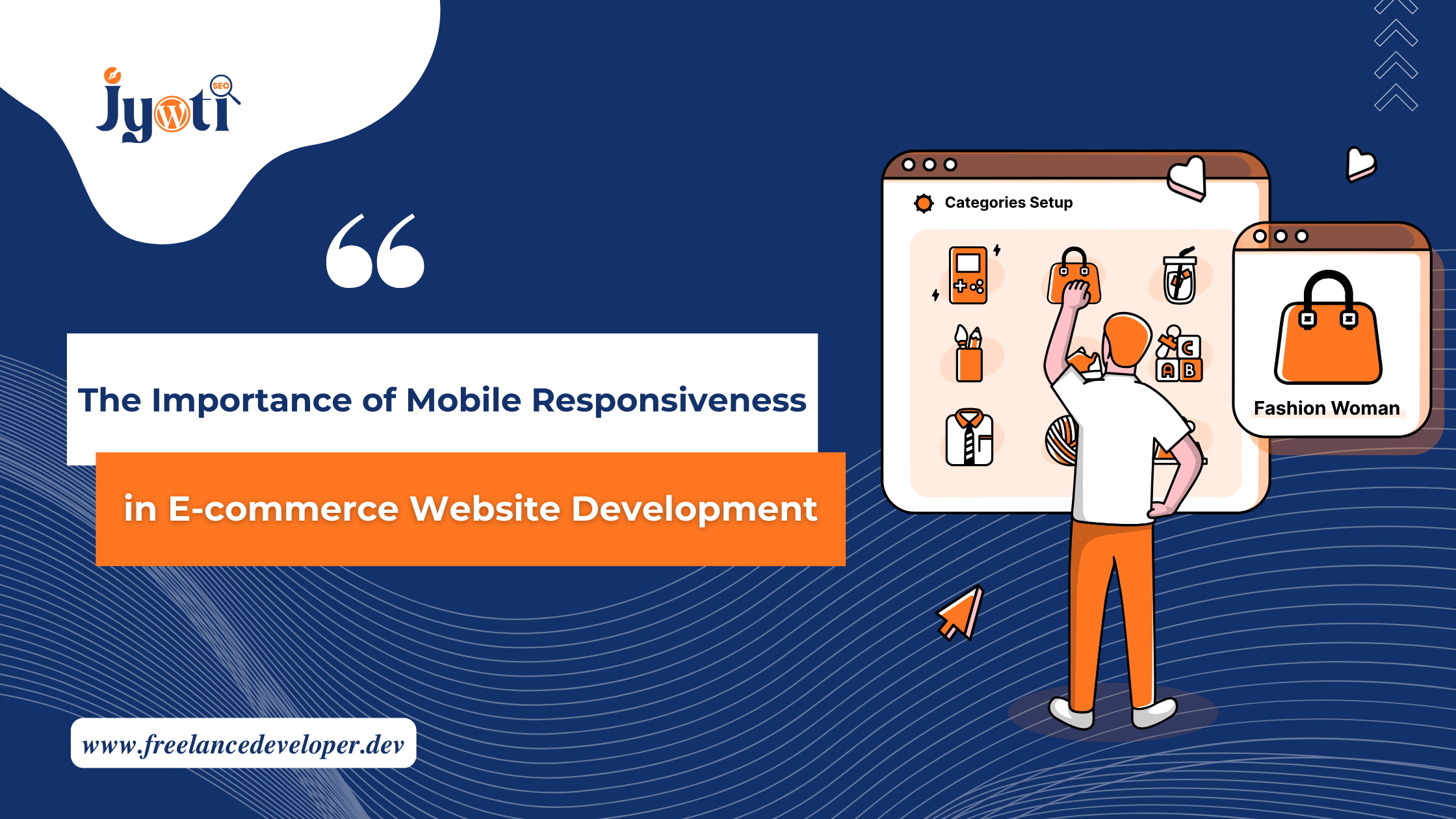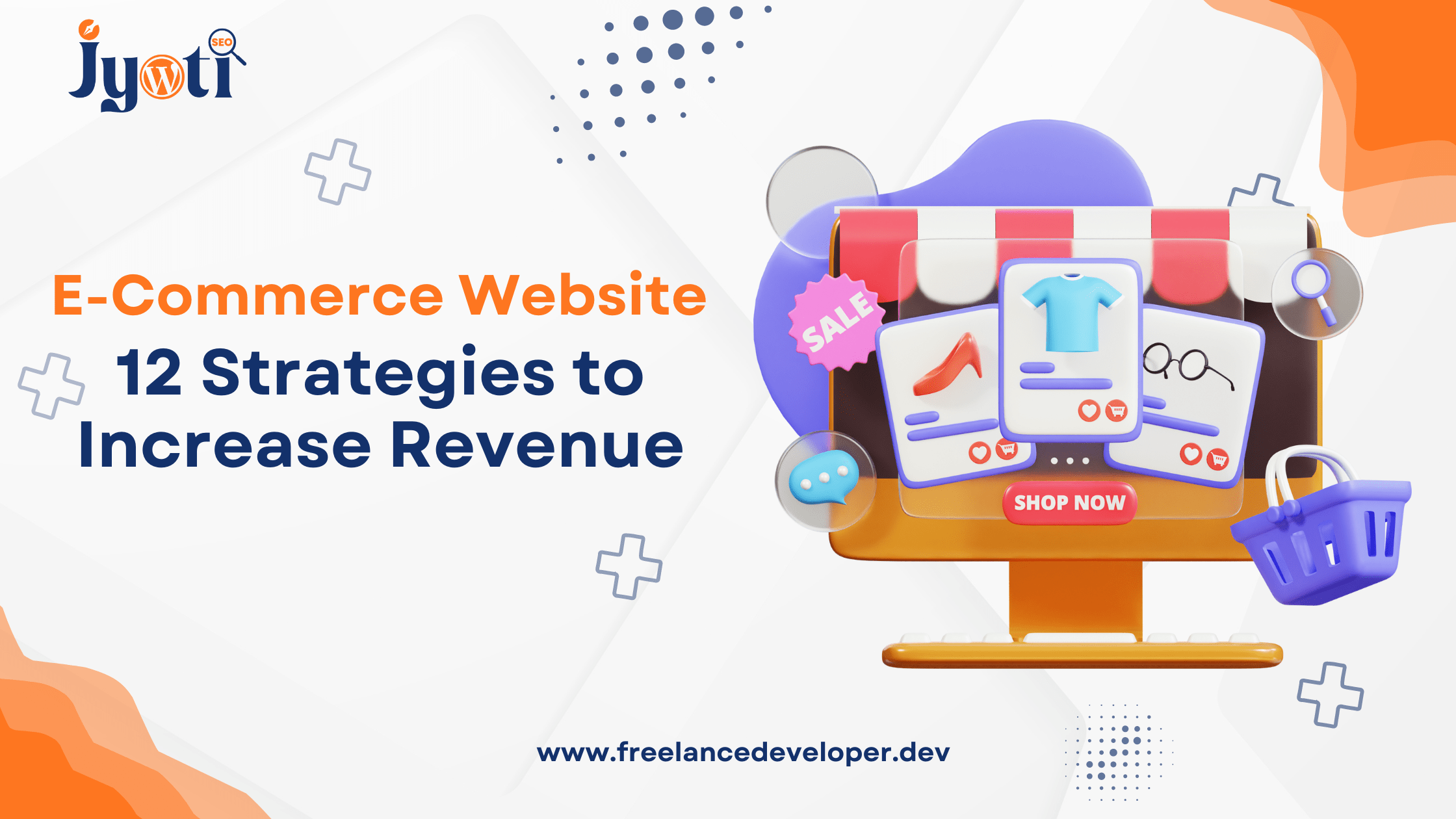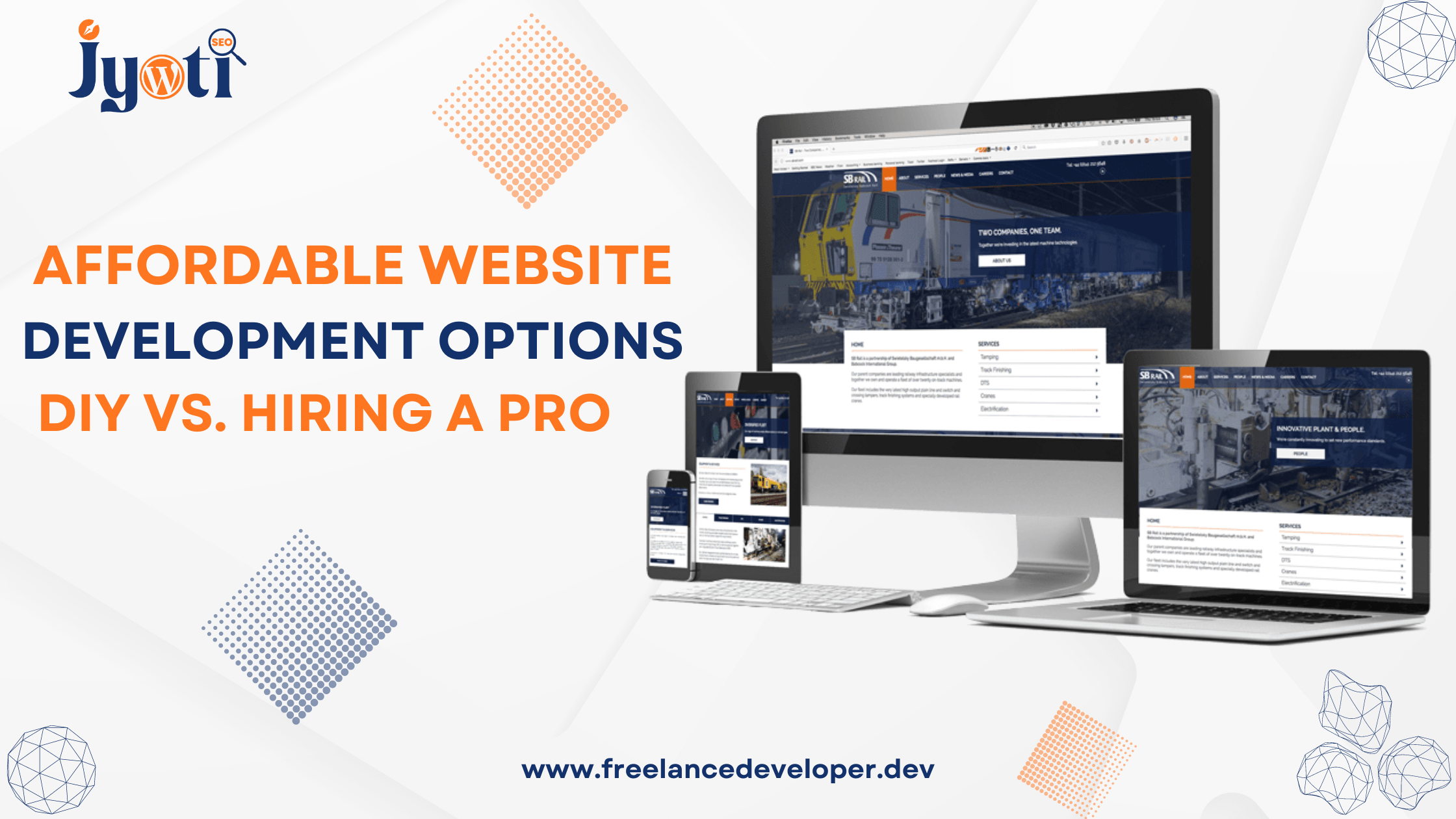TABLE OF CONTENTS
In today’s digital age, having a strong online presence is a must for small businesses. Whether you’re a local restaurant, a boutique shop, or a consulting firm, your website is often the first interaction potential customers have with your brand. Small business owners need affordable solutions to create a professional website. That’s where website makers for small businesses, website creators, and small business web design come into play. In this comprehensive guide, we’ll explore ten practical tips to help you reduce costs on website design and development, ensuring your business has a strong online presence without breaking the bank.
Introduction
Creating an affordable website doesn’t mean compromising on quality. It’s about making smart choices, setting priorities, and finding cost-effective solutions. Whether you’re building a website for your small business or personal blog, these tips will guide you through the process, helping you achieve your online goals without breaking the bank.
10 Tips for Saving Money on Affordable Website Development
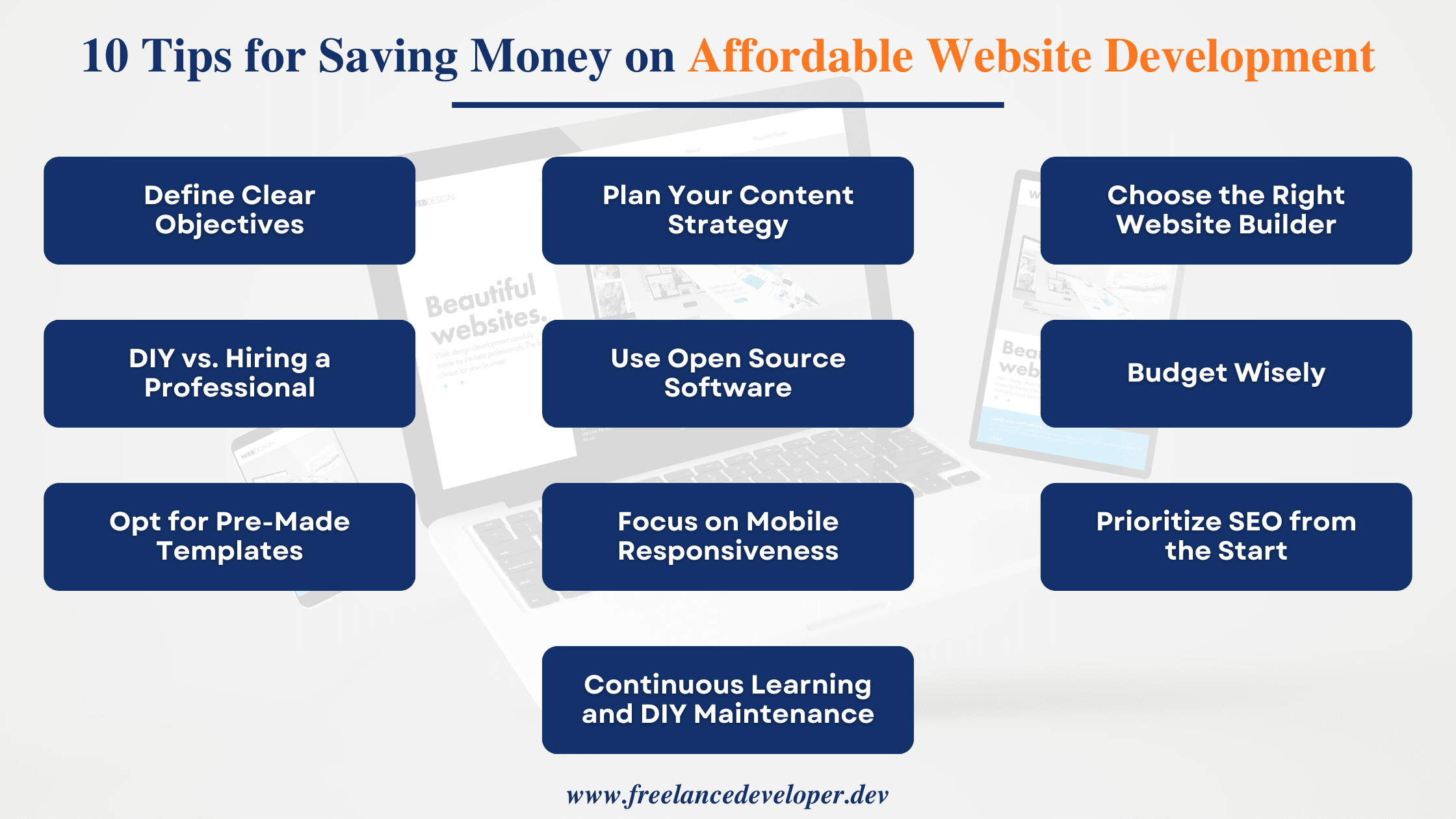
1. Define Clear Objectives
- Goal Setting: Identify the specific goals you want to achieve with your website. Whether it's generating leads, selling products, or sharing information, knowing your objectives is crucial.
- Audience Analysis: Understand your target audience and what they expect from your website. This understanding will steer your design and content choices.
- Prioritize Features: Decide which features are essential and which are nice-to-have. Prioritizing helps you focus on what's most important for your goals.
2. Plan Your Content Strategy
- Content Audit: Take stock of your existing content, if any. This can save you from creating duplicate or unnecessary content.
- Keyword Research: Perform keyword research to optimize your content for search engines. This helps attract organic traffic without additional costs.
- Content Schedule: Develop a content calendar to plan when and what type of content you'll publish. Consistent, well-planned content can save time and effort.
3. Choose the Right Website Builder
- Research Platforms: Compare the features and costs of different website builders. Look for one that matches your requirements and budget.
- Template Selection: Choose a template that aligns with your industry or brand. Customizing a template is often more cost-effective than starting from scratch.
- Ease of Use: Ensure the chosen platform is user-friendly. This can save you time and frustration during the design and maintenance process.
4. DIY vs. Hiring a Professional
- Technical Assessment: Evaluate your own technical skills. Can you handle the website's technical aspects, or do you need expert help?
- Project Complexity: Consider the complexity of your project. If it requires intricate functionalities, like e-commerce or databases, hiring a professional is advisable.
- Hybrid Approach: For those with some technical skills, consider a hybrid approach where you handle some aspects while outsourcing more complex tasks.
5. Use Open Source Software
- Advantages of Open Source: Learn about the benefits of open-source CMS platforms like WordPress , including the vast community support and the abundance of free themes and plugins.
- Plugin Selection: Research and select plugins that cater to your specific needs. Avoid unnecessary plugins that can slow down your site and increase costs.
Read the Related Blogs Here:
- Security: Pay attention to security by regularly updating your plugins and themes to avoid potential vulnerabilities.
6. Budget Wisely
- Fixed vs. Flexible Budgets: Decide whether you want a fixed budget, where you stick to a specific spending limit, or a flexible budget that allows for adjustments as needed.
- Overhead Costs: Consider overhead costs like hosting, domain registration, and ongoing maintenance when setting your budget.
- Contingency: Include a contingency fund for unforeseen expenses or adjustments during the project.
7. Opt for Pre-Made Templates
- Template Customization: Understand the level of customization available with pre-made templates. Often, you can tailor them to your brand without starting from scratch.
- Cost Savings: Pre-made templates can save time and money on custom design work while providing a professional appearance.
- Responsive Design: Ensure your chosen template is mobile-responsive, which is essential for reaching a broad audience.
8. Focus on Mobile Responsiveness
- Responsive Design Benefits: Understand why mobile responsiveness is crucial for user experience and SEO.
- Testing: Test your website on various devices to ensure it displays correctly and functions smoothly on mobile platforms.
- Performance Optimization: Implement performance optimization techniques to keep your website fast on mobile devices.
9. Prioritize SEO from the Start
- SEO-Friendly Content: Write content with SEO in mind. Incorporate relevant keywords naturally to improve search engine visibility.
- SEO Plugins: Use SEO plugins or tools to assist with on-page SEO optimization, making it more cost-effective.
- Link Building: Start building quality backlinks early to improve your website's authority over time.
10. Continuous Learning and DIY Maintenance
- Education: Invest time in learning how to perform routine maintenance tasks, such as content updates and plugin management.
- Regular Backups: Implement regular backups of your website to prevent data loss in case of issues or security breaches.
- Community Support: Join online communities, forums, or social media groups related to web development to get help when needed and share experiences.
By following these detailed subtopics under each tip, you’ll be better equipped to save money on your website development project without compromising on quality or functionality.
Conclusion:
In a world where every small business needs a website to thrive, finding affordable solutions is essential. With the help of website makers, website creators, and small business web design strategies, you can create a professional and cost-effective online presence. By defining clear objectives, planning your content, and choosing the right tools and services, you can save money without compromising on the quality and functionality of your website. These ten tips will help you navigate the world of affordable website design and development while keeping costs in check. Remember, your website is a crucial asset for your small business. With these strategies in mind, you can launch your affordable website development project with confidence, reaching a broader audience, attracting more customers, and ultimately boosting your business’s success. Start your cost-effective website development journey today and give your small business the online presence it deserves.
Are you ready to start your journey towards an affordable website? Begin by defining your objectives and crafting a clear content strategy. Evaluate your DIY capabilities and explore the world of website builders and open-source software. With these tips in mind, you can save money without compromising on the quality and functionality of your website.
Get a free consultation from me to convert your idea into reality!
Latest Blogs

As a blog author, I have a strong passion for staying up-to-date with the latest trends and technologies. My expertise lies in WordPress development, SEO optimization, and content writing. Whether you have an idea for a website, I am offering a free consultation call to guide you. I am also available to provide the best SEO and content writing services to boost your online presence.

